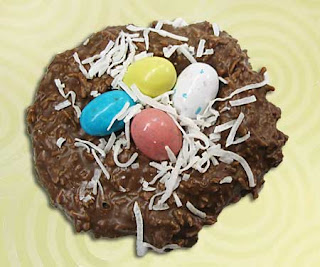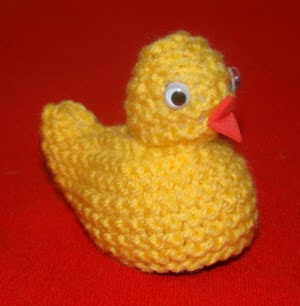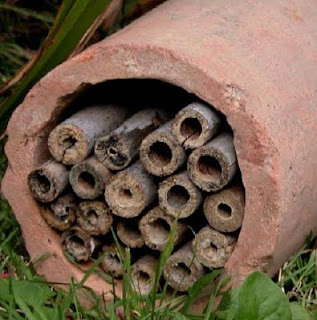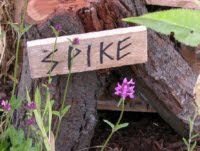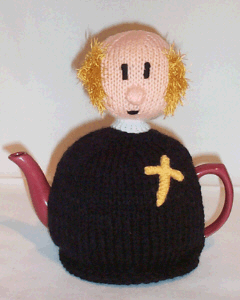
By Beverly Frank
If you are planning to have an Easter party it can be fun to include an Easter basket project as a fun craft to do during the party. This way you can have the kids occupied with something fun and best of all they have something really great to take home with them at the end of the party. You can also fill these crafts with goodies for a party favor which makes them extra special. Here are some Easter basket projects for Easter parties-
Woven Bunny Basket- This fun craft uses open weave small baskets (available at most craft stores) or you can recycle pint sized strawberry baskets.
What you will need:
- A small basket with an open weave
- Ribbon or precut foam pieces that measure the width of the open weave-Easter colors work especially well
- A satin bow to tie on the handle
- A tag for personalizing (optional)
Mini Easter egg baskets- These small baskets will charm your party guests with their springtime flair.
What you will need:
- Mini Easter Baskets
- Tacky Glue
- Alphabet Beads
- Nylon Monofilament
- Colorful Trim-this can be ribbon, rickrack or even foam pieces
- Artificial Easter Grass
- Scissors
Cotton ball lamb basket- This charming basket will have your party guests thrilled with the results.
What you will need:
- Empty Container
- White Craft Foam
- Styrofoam Egg
- Wiggle Eyes-10mm work well
- Cotton Balls
- Low Temp Glue Gun
- Scissors
- Ribbon
- White Acrylic Paint and Brush
Easter Treasure Box- Who says that an Easter basket can only be a basket? This clever craft turns a simple box into an Easter treasure box that outshines any basket.
What you will need:
- Paper Mache or small wooden treasure box (available at most craft stores)
- Paints in a variety of Easter colors
- Paint and Foam Brushes
- Assorted decorating supplies (jewels, stickers, rub-ons, ribbon, markers etc.)
- Glue Dots
- Easter Grass
- Plastic Eggs
Looking for more Easter activities? visit http://www.easterbunnyfun.net/ for crafts, coloring pages, recipes, poems, and the opportunity to share your best Easter memories. |
